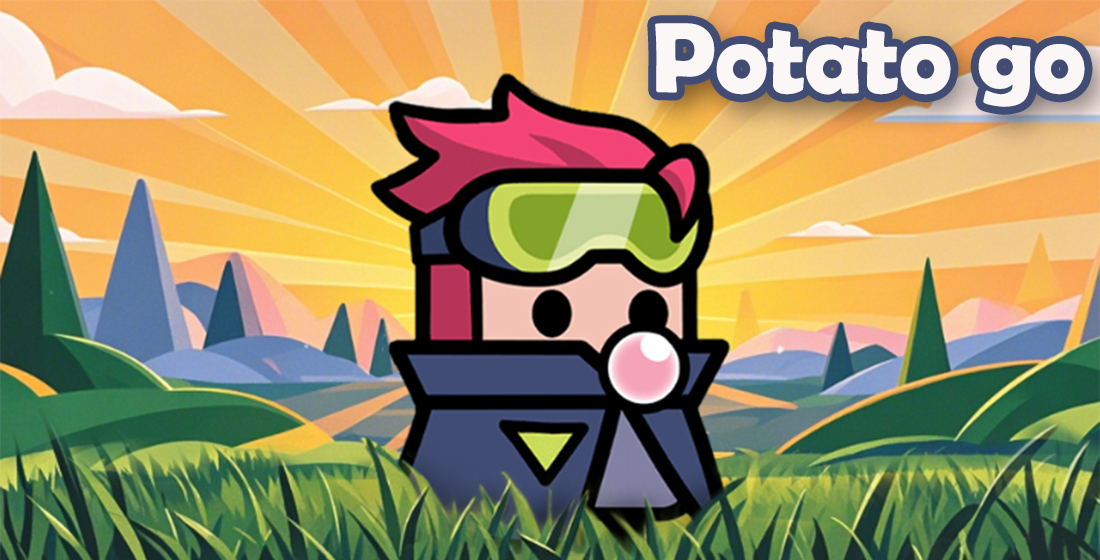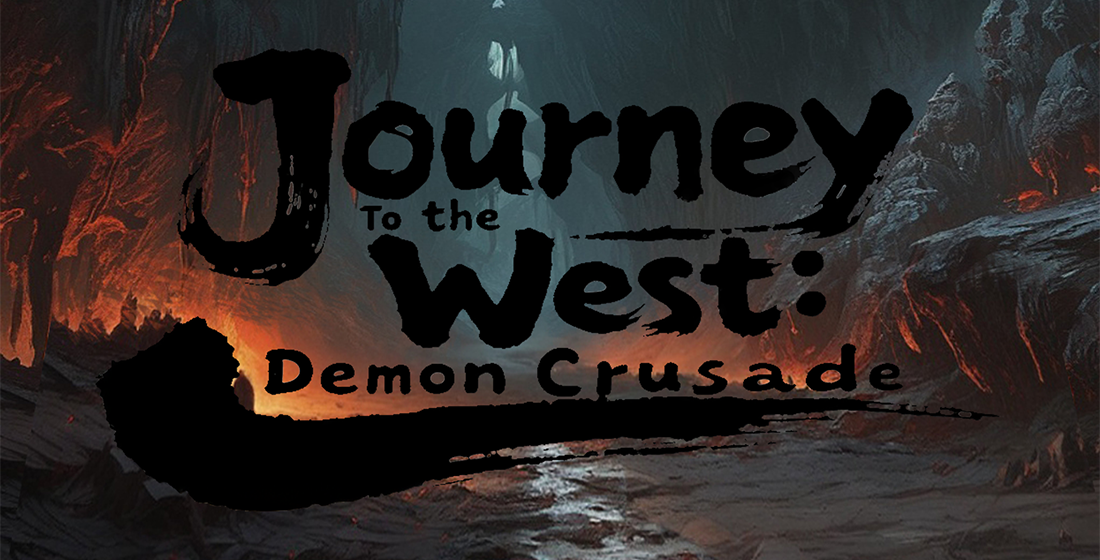Creative Games: Not Just for Kids Anymore
When people hear the phrase “creative games," a lot of folks imagine Minecraft or Roblox—playgrounds made of pixels and imagination. But it’s deeper than that. Creativity in gaming isn’t just about building stuff. It’s about solving problems, thinking outside the map, and designing worlds. Especially in the mobile space, developers are pushing boundaries. The best part? Anyone with a smartphone can get lost in a universe fueled by ideas instead of violence or points. Forget zombies and race cars for a sec. We’re diving into something smarter—something that actually wakes your brain up.
And no, it's not some pretentious “art game" that looks like a glitch and expects praise. I mean legit mobile games where you actually laugh, create, and occasionally say “Wait… did I just invent time travel with emoji?" Yeah. That vibe.
Why Mobile Is the New Canvas for Imagination
Sure, PC gamers throw shade at mobile titles like they’re all junk. Flashy ads, repetitive mechanics, “pay to win" nonsense. But beneath the surface? There’s gold. And it’s mostly in indie-developed creative games. These are the apps built not for stock market ROI, but for fun with purpose. Mobile allows instant access, low stakes, high experimentation—ideal for trying weird mechanics or story ideas no big studio would fund.
Besides, you’re more likely to play a five-minute world-building session on the subway than launch a 50GB PC client just to paint digital pottery.
Story First: Why Best Story Games PC Are Still the Gold Standard
You can't chat about imagination without mentioning narrative. That's where best story games PC shine. Think Disco Elysium, Gone Home, or Firewatch. Complex plots, human drama, branching dialogues—stuff mobile usually avoids because of hardware limits or user expectations. Yet, they're benchmarks.
Here’s the kicker: mobile games now try to match that storytelling depth, not through cutscenes, but subtle design. Environmental cues, hidden texts, unlockable memories—they weave stories without voice actors or scripts. Some don’t even have dialogue. Just you and a strange forest that feels *judgmental*.
Hidden Gems: 6 Under-the-Radar Creative Mobile Games
Not everything cool makes it to the trending chart. Algorithms bury quiet brilliance. Let’s fix that. Here are 6 mobile games that spark innovation, often overlooked but always memorable:
- Alto’s Odyssey – Sand dunes, no score, pure visual poetry. You snowboard. That’s it. But the feel?
- The Gardens Between – Puzzle your way through childhood memories using time control. One level, pure emotion.
- Reigns: Her Majesty – Swipe kings, bishops, and wizards left or right like Tinder. Absurd? Yes. Genius decision mechanics? Also yes.
- Lara Croft GO – Turn-based puzzle tomb raiding. Clean, artistic, and actually smart.
- Saga of Aria – Pixel art, open world, and a narrative that changes based on mood choices, not stats.
- Returner 77 – Futuristic mystery where AI narrates the plot. Sounds cheesy. Plays like Black Mirror fanfic.
The Rise of User-Built Worlds (Without the Server Headaches)
Big studios still fear letting players build “too much." They think chaos follows. Wrong. The opposite—people *create meaning*. Mobile devs like those behind Bridge Constructor Portal know this. Even if they use assets from a franchise, the way players approach puzzles can get wildly personal.
This freedom is where creativity thrives. You might be “solving" the puzzle, but you're also composing it. The act of play becomes invention. No need for modding communities, Steam Workshop accounts, or learning Blender. Just a phone, your thumbs, and that brain itch that won’t quit.
But What About PC-Level Depth? Can Mobile Even Compete?
Short answer: partially. Long answer? It depends what you want “depth" to mean. If you crave 80-hour epics with lore binders thicker than your laptop, go PC. That’s the realm of best story games PC. But for layered simplicity? Tiny games hiding philosophical themes in three mechanics? Mobile wins hands down.
Taking risks matters more than scale. On mobile, devs experiment with mechanics no publisher would fund otherwise. Example: a game where time moves backward every time you blink. No joke—exists. Unreleased? Probably. But the idea exists. That’s the spark.
Danger Zone: When Military Themes Hijack the Fun (Delta Force Drama)
Now. A slight pivot. Not every “creative game" aims for calm reflection. Some ride hype waves. Take delta force import loadout. Sounds serious, right? Like some hardcore gear-selection system. Honestly? It often comes from low-tier military shooter clones with “realism" as branding but no soul.
These games sell themselves on weapon skins, rank progressions, and fake jargon. No creativity in gameplay—only cosmetics. It’s not imagination. It’s branding. You're customizing a look, not creating anything meaningful. Still shows up in search sometimes, but it's a red herring.
Why mention it? 'Cause folks mix it in when looking for deep games. Then get duped by flashy guns. Beware.
Growth in Constraints: How Limited Mechanics Can Inspire More
Ever built a Lego masterpiece using only red 2x4 bricks? That’s mobile’s secret sauce. Limits spark smarter design. Fewer buttons mean mechanics must be sharp, clear, elegant. That’s why the most creative games feel so… intentional. Nothing’s wasted.
Compare this to PC titles where “more = better." Ten thousand NPCs. Seven sidequest types. Three hundred collectibles. Cool, but rarely focused. The constraint forces creativity. Like writing poetry in haiku—restriction breeds brilliance.
The Table: Comparing Creativity Across Platforms
| Metric | Mobile Games | PC Games | Hybrid / Cross-Platform |
|---|---|---|---|
| Breadth of narrative | Moderate | High | High |
| Accessibility | Very High | Medium | High |
| Innovation rate | High | Low | Medium |
| Depth per session | Low-Medium | High | Medium |
| User creation integration | Growing | Mature | Rapid growth |
As you can see, mobile isn’t better or worse—it’s different. The magic is in the gaps. You don’t need 4K cutscenes to feel wonder. A well-placed shadow, timed just right during a tap-gesture puzzle? That’ll get you more than an explosion any day.
Key Creativity Killers in Gaming (And How to Dodge Them)
If imagination is the goal, then let’s name what kills it:
- Bland monetization – When “watch ad to unlock creativity" pops up every two minutes, inspiration dies.
- Clone fatigue – So many puzzle-platformers look alike they blur. Stand out or sleep.
- Toxic live-service loops – Logging in to farm materials no real person needs… yeah, thrilling.
- Ignoring cultural context – Not every story is about wizards or warfare. Try school life, city planning, emotional baggage.
- Overloading the UI – Too many options, buttons, menus. Clutter kills contemplation.
If a game feels like a spreadsheet with sprites, maybe skip it. Creativity doesn’t shout. It whispers. Often with wind sound effects and soft colors.
Creative Games Worth Your Time: Quick Picks (and One Guilty Pleasure)
If you’re scanning this on a Turkish commuter train and need fast recommendations, here’s a tight list:
- Creativerse (mobile-friendly version) – Like Minecraft Lite with a crafting soul.
- Florence – Not “fun," but human. A story game where every touch builds emotion. Yes, mobile.
- Manifold Garden – Now on iOS via cloud. Mind-bending architecture puzzles. You fall up. Seriously.
- Bubble Island 3 – Silly name, surprisingly elegant design. Pachinko logic meets zen gardening.
- …And a wild card: Battlelands Royale. Not “deep," but the build-and-shoot system is playful, fast, low-pressure. Fun over depth? Fine too.
Wait—isn’t Florence for Android and iOS only? Yup. But it hits the best story games PC spirit despite not being on PC. Proves narrative weight isn’t about specs.
Final Word: Where Imagination Still Lives (And Thrives)
Let’s wrap. Despite the junky ads, the clones, the delta force import loadout nonsense, real creativity isn’t dying—it’s relocating. To phones. To small teams. To 30MB apps with zero fame. The gatekeepers of “what a good game should be" don’t run this anymore.
Creative games aren’t always polished. Sometimes glitchy, buggy, barely translated. But they try. They surprise. They trust you to get it—even if you play only in five-minute bursts between stops.
For Turkish gamers or anyone outside gaming’s English-speaking bubble, this openness is key. No gatekeeping. No expensive hardware needed. Just a little curiosity and data plan.
Sure, fire up the big PC RPGs when you can. Immerse. Explore libraries and war campaigns. But don’t ignore the pocket-sized dream machines either. Your next moment of genius gameplay? Could come during a commute in Ankara or a quiet afternoon in Izmir.
Creativity isn’t owned by budgets. It sneaks in where freedom exists.
Key Takeaways:- Mobile isn’t a “lite" version of gaming—it's a different creative beast.
- The best story games PC teach narrative depth, but mobile can reflect that spirit differently.
- Avoid delta force import loadout style searches—they lead to shallow military clones.
- True innovation often lives in overlooked creative games.
- Constraints (small screen, limited controls) can enhance creativity, not limit it.
- Accessibility makes storytelling and inventive gameplay more inclusive than ever.
Conclusion: Mobile gaming is no longer just casual clicks and idle upgrades. It’s a breeding ground for bold ideas, silent stories, and inventive play loops no one saw coming. While titles on PC still define high-budget narrative art, mobile delivers intimacy and spontaneity you can’t replicate elsewhere. So next time you dismiss that tiny icon on your screen, ask: could this thing—right here—actually change how I think, build, or feel? If it’s truly a creative game? The answer’s probably yes.



